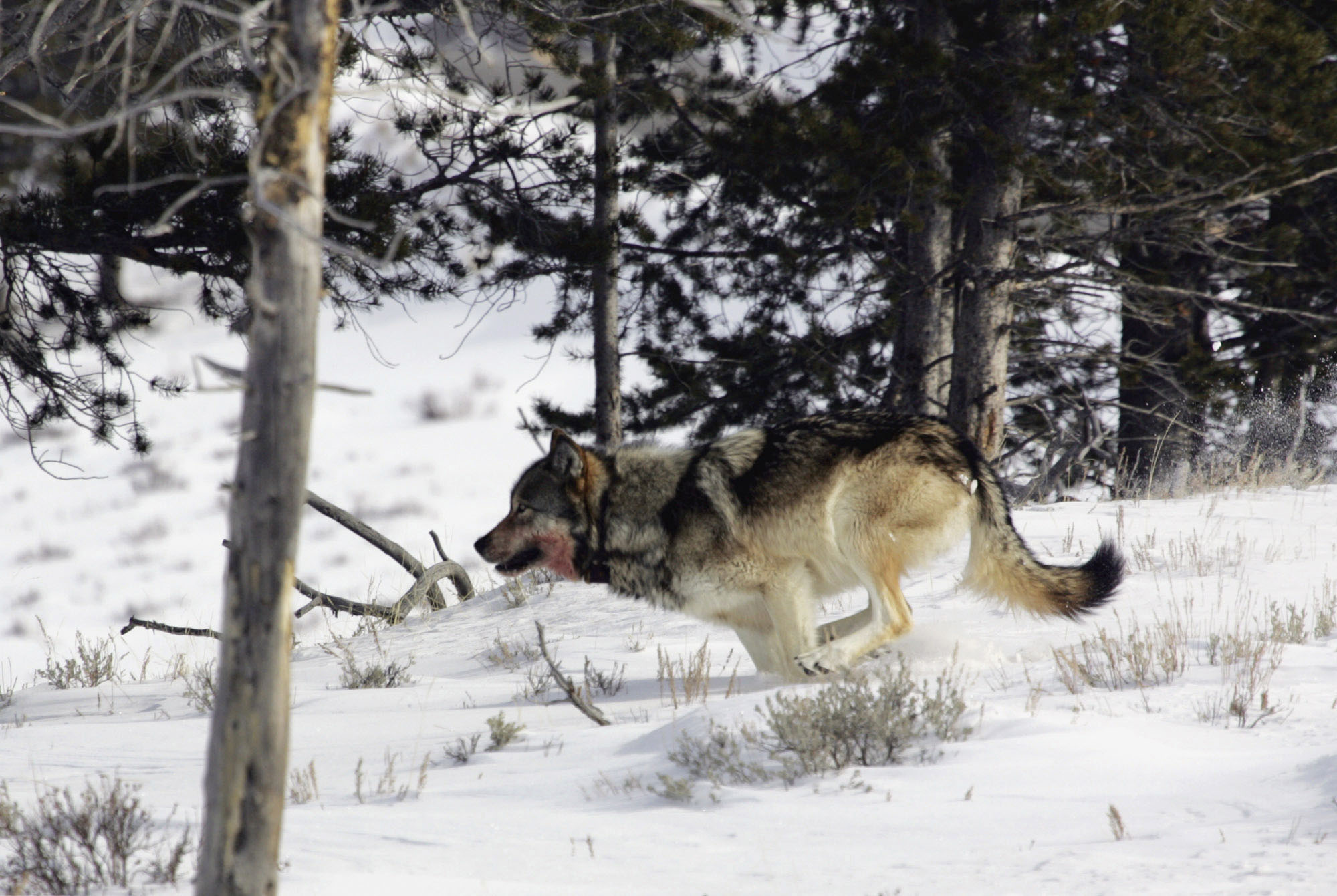The government moved Friday to end endangered species protections for gray wolves in the lower 48 states, contending that the population of the apex predator has recovered from decades of hunting that drove it to virtual extinction.
The U.S. Fish and Wildlife Service (FWS) formally proposed removing the gray wolf from the list of threatened and endangered species, noting that 6,100 of the animals now roam the contiguous United States, just about all of them in the northern Rocky Mountains and western Great Lakes areas. Protections were lifted for wolves in those areas in 2011 and 2012.
"Our analysis suggests the gray wolf no longer faces the threat of extinction and no longer requires the protection of the Endangered Species Act," Dan Ashe, the wildlife agency's director, said at a news conference Friday.
At the same time, the FWS proposed listing Mexican wolves in the U.S. as an endangered species. Despite efforts to revive that population, there are only 75 Mexican wolves in Arizona and New Mexico.
Publication of the new rule in the Federal Register will trigger a 90-day comment period. If the regulation goes into effect, wolves would be subject to the management polices of individual states, some of which have been complaining that revived packs of gray wolves have been preying on livestock.
Some conservation groups immediately criticized the proposal.
"This is like kicking a patient out of the hospital when they're still attached to life support," Noah Greenwald, endangered species director at the Center for Biological Diversity, said in a news release. "Wolves cling to a sliver of their historic habitat in the lower 48 (states), and now the (President Barack) Obama administration wants to arbitrarily declare victory and move on."
Gray wolves were wiped out of the western United States by the 1930s and from the western Great Lakes by the middle of the century, according to the FWS. In 1995, the agency launched a program to revive the species by introducing 66 wolves from southwestern Canada into Yellowstone National Park and central Idaho.
Ashe trumpeted the effort "one of the most remarkable successes in the history of wildlife conservation."




















With your current subscription plan you can comment on stories. However, before writing your first comment, please create a display name in the Profile section of your subscriber account page.